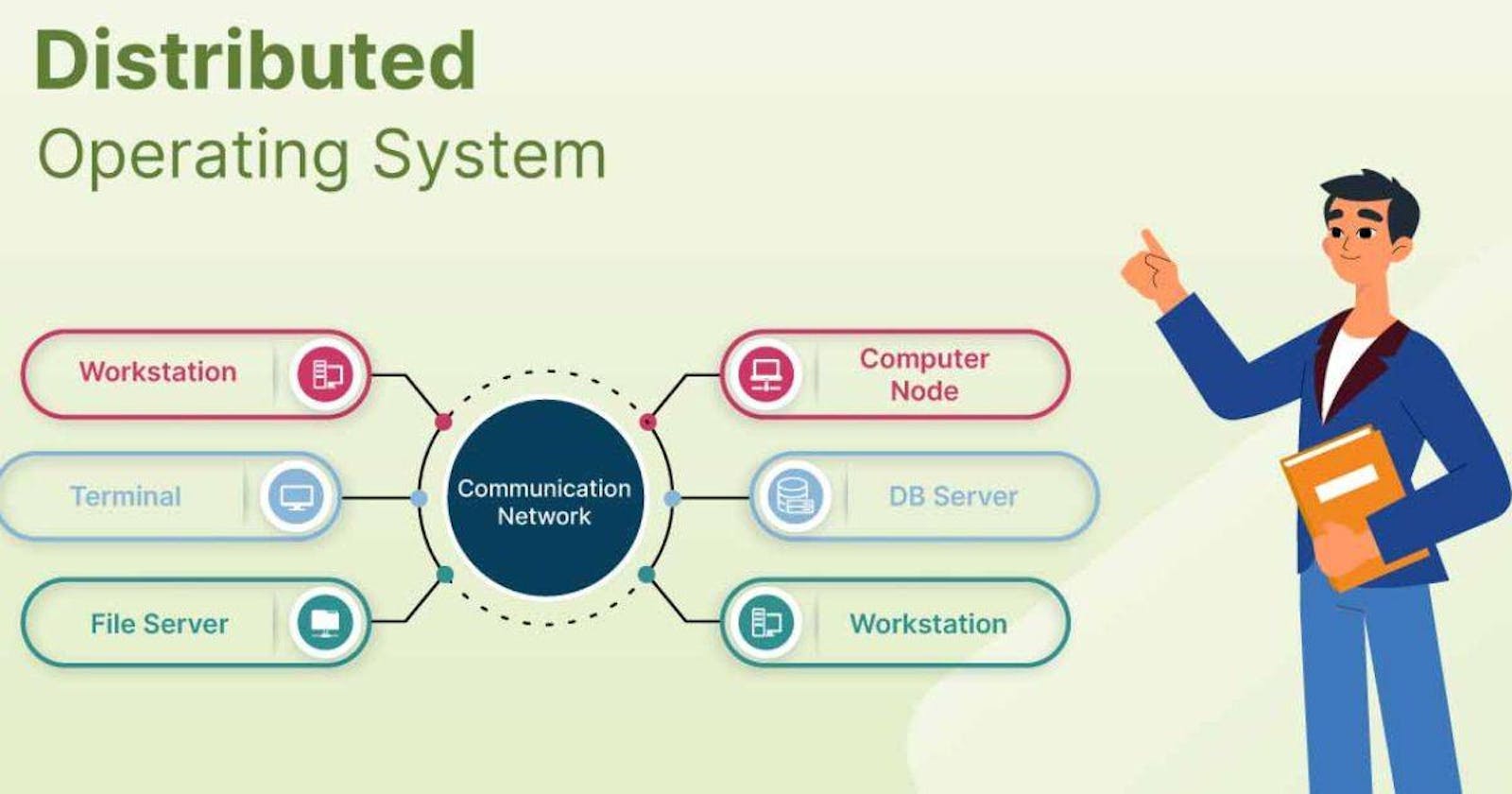Distributed System:
A distributed system is a collection of multiple interconnected systems that share resources, communicate, and coordinate to achieve common goals.
An example would be distributing a 100GB file across 10 different systems, instead of having it in a single system.
Replication is a key aspect of distributed systems, where data is replicated across multiple nodes.
Advantages of Distributed Systems:
Scalability: You can easily add more machines to improve performance and handle increased workloads.
Fault Tolerance: There is no single point of failure (SPOF), as data can be recovered from other replicated nodes in case of a failure.
Low Latency: Distributed systems can provide lower latency by serving content from geographically closer nodes.
Disadvantages of Distributed Systems:
Complexity: Designing and managing a distributed system is more complex than a monolithic architecture.
Management Overhead: Aspects like load balancing and monitoring require additional management effort.
Security Challenges: Securing a distributed system can be more difficult, as you need to secure individual components.
Message Loss: Messages can potentially be lost during communication between nodes.
Latency:
In a monolithic architecture, latency is primarily due to the computation delay within the system.
In a distributed system, latency includes both the network delay (communication between nodes) and the computation delay.
Strategies to Reduce Latency:
Caching: Implementing a caching layer can help reduce the number of requests that need to be processed by the backend systems.
Content Delivery Networks (CDNs): CDNs are geographically distributed networks of proxy servers that can serve content more quickly to users, reducing network latency.
Upgrading Server Resources: Increasing the computational power and resources of the individual servers can help reduce latency.
For your application, a distributed system architecture could be beneficial if you anticipate significant growth and need to scale your infrastructure. However, the increased complexity and management overhead should be carefully evaluated, especially in the early stages of your project. A monolithic architecture may be a simpler and more suitable choice initially, and you can consider migrating to a distributed system as your requirements evolve.
